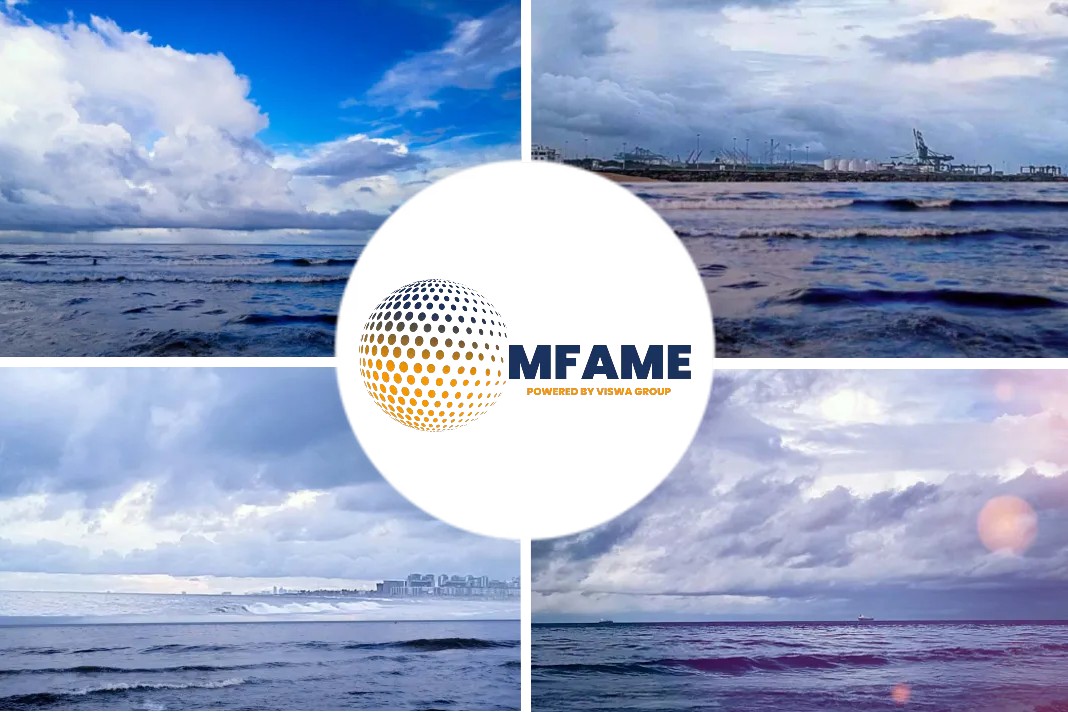- Availability of 0.5% Sulfur bunker fuels at the bunkering hubs isn’t a problem, says the BSM Director.
- Antwerp, Rotterdam, Genua, Marseilles in Europe and Singapore, Thailand, Kong are ready for 0.5% sulfur fuels.
- As carbon emission becomes an issue and the operating cost of LNG reduces LNG uptake will increase.
- Keeping this in mind, BSM is building a GSV for LNG fuels in Singapore.
According to a report published in Platts Germany’s Bernhard Schulte Shipmanagement is bullish about LNG bunkering due to its commercial benefits and ability to meet upcoming environmental rules even though clarity is rising over supply and specifications of 0.5% -S bunker fuels.
LNG on the roll
“We’ve heard at this conference [SIBCON 2018] that the availability of 0.5%-S bunker fuels at the major bunkering hubs will not be a problem but I don’t think it has taken people’s eye off the LNG ball,” Angus Campbell, corporate director of energy projects BSM, told S&P Global Platts in an interview on Thursday.
Oil majors have confirmed that they will be ready and in time, Campbell said.
Exxonmobil said on Wednesday that its 2020 compliant fuels have all undergone rigorous fit-for-use assessments. Ports in Antwerp, Rotterdam, Genoa and Marseilles in Europe, along with Singapore, Laem Chabang in Thailand and Hong Kong, will all offer 0.5% sulfur grades prior to the IMO’s January 1, 2020 deadline, it said. Shell also announced supply locations for new 0.5% sulfur marine fuels to be used to meet the IMO 2020 rule.
What’s causing the rise in LNG uptake?
“Clarity is coming now,” Campbell said. Still, LNG adoption will be high, much more than industry estimates, which indicate a rough 10% share of the marine fuel mix by 2030, he said.
“You have to look at 2020 and you have to look post 2020 … everybody’s focused on sulfur currently but as we approach 2020, the big issue out there will be carbon dioxide emissions,” he said.
The uptake of LNG will be high because of the global availability and the pricing structure, which will likely be competitive to compliant liquid fuels, Campbell said. A shipowner also gets the benefit of lower operating expenditure by using LNG bunkers as maintenance bills are lower and machinery last longer, he said.
“So, instead of a reduction in trust in LNG as a marine fuel, we are going to see a significant increase,” he said, adding that the Schulte Group was devoting a lot of time and money in building the infrastructure for LNG in many parts of the world.
BSM’s role so far
On the ownership side, the Group has one full sized LNG tanker and a small LNG tanker which will also be used for bunkering. It will be stationed in the Baltic, serving the customers there, and will be time chartered to Nauticor, Campbell said.
The company is participating in other tenders for gas supply vessels in other regions, Campbell said.
“Singapore will be a key LNG fueling hub and the effort and investment that the Maritime and Port Authority has put into it is an example for other major bunkering hubs. So we’d like to be building a GSV [gas supply vessel] to be positioned in Singapore, hopefully by 2020,” he said.
IMO 2020 SOLUTIONS
“For every owner there will be a bespoke solution and our job is to help them reach and chose the most appropriate solution, be it scrubbers, distillates or very low sulfur fuel oil,” Campbell said. For new ships in the Group’s in-house fleet, LNG as a marine fuel is certainly being considered but it has to make commercial sense, Campbell said.
The Scrubber Option
“For Schulte’s owned existing fleet, we are not looking at scrubber technology. Instead, we are looking at 0.5%-S compliant fuels,” he said. When you look at scrubbers, you have to look at the age of the fleet, space requirement in ships, cost of the equipment, and time charterer arrangements, which did not make commercial sense for Schulte, he added.
Key Challenges
One of the challenges will be how fuels will be distributed and the availability of HSFO in the smaller ports may be more restricted, he said. However, having said that, Schulte’s design and shipbuilding team at Schulte Marine Concept is advising clients on a large number of scrubbers retrofit projects and for new-builds.
“The decision is a very individual one, those owners have decided that it is their optimal solution for 2020 … There is no right or wrong answer, I think people have different options,” he said.
The Compliance Plan So far
Meanwhile, Campbell said compliance to the IMO 2020 rule “will be very good.” There is a lot of pressure from various quarters, some of them are well known shipowners that are insisting that the 0.5% rule has to be well enforced so that everyone has a level playing field, Campbell said.
Did you subscribe for our daily newsletter?
It’s Free! Click here to Subscribe!
Source: Platts






















